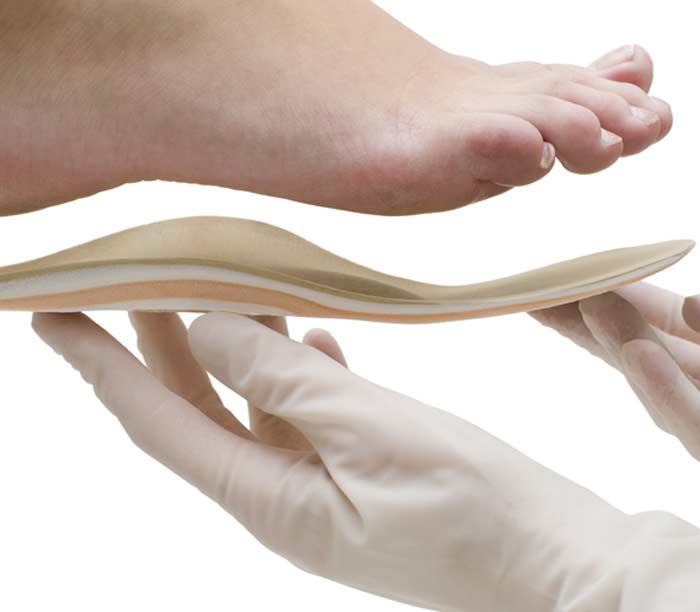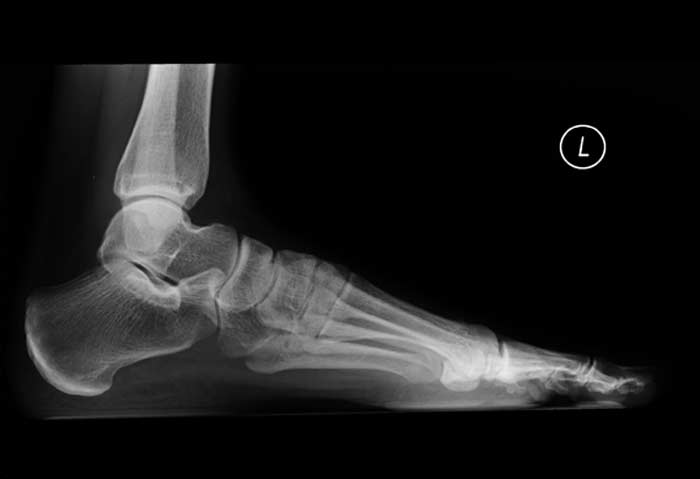
If you are experiencing inflammation and painful symptoms in the ball of your foot, you might have what is known as metatarsalgia.
The pain is most likely felt where your metatarsals, or toe bones, connect to your foot. It might even feel like you are standing on a small pebble or that a rock got stuck inside of your shoe. Walking, running, or engaging in high-impact sports can make the pain worse, while staying off of your feet can help to reduce symptoms.
Painful symptoms can develop slowly over time. Some feel that metatarsalgia is simply a symptom associated with other conditions, but it is an overuse injury that is a condition on its own.
Causes of Metatarsalgia
Those who experience pain and inflammation in the ball of the foot often do so as a result of an injury caused by high impact or overuse. When too much pressure is localized in a small area, it can result in metatarsalgia. Other problems in the foot or toes may contribute to the development of this condition, such as tense or weak muscles leading to the toes, too much side-to-side motion, or pronation, of the foot while you are in motion, shoes that do not fit properly, hammertoe, or a high arch. If you are overweight or obese, this can place too much pressure on the ball of the foot and lead to the development of this condition.


Treatment Options
It is important to treat symptoms and allow for proper healing of the foot. You might be advised to apply ice to the affected area and to stay off of your foot for a specified amount of time. Your physician may also recommend the use of a pressure bandage or metatarsal pads. Depending on the cause of your pain, you may need to engage in careful stretching and movement exercises to increase the range of motion of your ankle and foot. To continue the healing process, you may be required to wear a corrective device that fits into your shoe that will promote stability and continued recovery. Surgery is typically only required if there is a problem, such as hammertoe, that leads to the development of metatarsalgia.
Home Care
During the recovery process, it is important to rest your foot as much as possible, especially after walking or standing for prolonged periods. Make sure that you wear shoes that fit properly. Additionally, if you engage in sports, choose shoes that are especially designed to be used for that type of athletic activity. Avoid wearing high heels whenever possible, and choose shoe styles with a wider toe region. You may want to get insoles for your shoes, or wear metatarsal pads. If these methods are not sufficient at preventing further symptoms, you may want to use some type of arch support in your shoes.
Because there are many causes of foot pain, it is important that you get a proper diagnosis from a qualified physician. Consult with your practitioner if you have foot pain that lasts more than a few days or does not go away with rest or changes in footwear.
